Étiquette : Tchaïkovsky
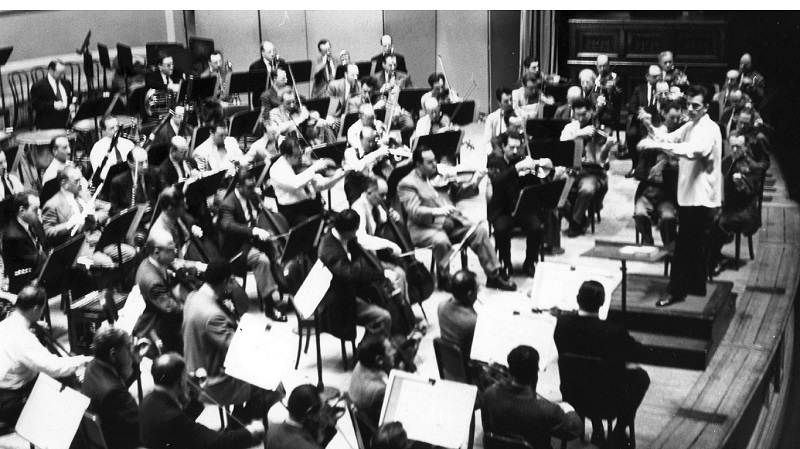
Tchaïkovsky Roméo & Juliet NBC SO
Carnegie Hall – February 2, 1952
Respighi I Pini di Roma NYPO
Carnegie Hall – March 27, 1955
Source: Bande/Tape – 2 pistes 19cm/s / 2tracks 7.5 ips
Ces deux œuvres orchestrales brillantes mettent en avant le dynamisme, le sens de la construction dramatique ainsi que la finesse expressive de Guido Cantelli dans une veine interprétative dans la lignée de Toscanini, sans la banalité que l‘on perçoit avec les interprètes qui recherchent le spectaculaire. Cantelli évite également la dureté de Toscanini dans son enregistrement de 1946 de l’œuvre de Tchaïkovski.
Cantelli avait déjà joué l’œuvre de Tchaïkovski avec le NBC SO lors de son deuxième concert avec cet orchestre (22 janvier 1949).
Pour l’œuvre de Respighi, que Cantelli donne pour la première et la dernière fois avec le NYPO lors de cette série de concerts (24, 25 & 27 mars 1955), l’orchestre a fait appel à des musiciens supplémentaires, dont le pianiste Leonid Hambro et l’organiste Claire Coci.
Le concert du 27 mars 1955 était le dernier de Cantelli avant la tournée transcontinentale de 31 concerts du NYPO du 18 Avril au 22 Mai qu’il a co-dirigée avec Dimitri Mitropoulos. Cantelli n’a pas redonné cette œuvre très populaire de Respighi, alors que le répertoire choisi par lui était très restreint: lors des 14 concerts qu’il a dirigés lors de cette tournée, il a joué 10 fois la Première de Brahms, 7 fois les Tableaux d’une Exposition de Moussorgski, et 6 fois la Suite n°2 de Daphnis & Chloé de Ravel, ce que dit-on, l’orchestre n’a pas apprécié sur une période aussi courte.
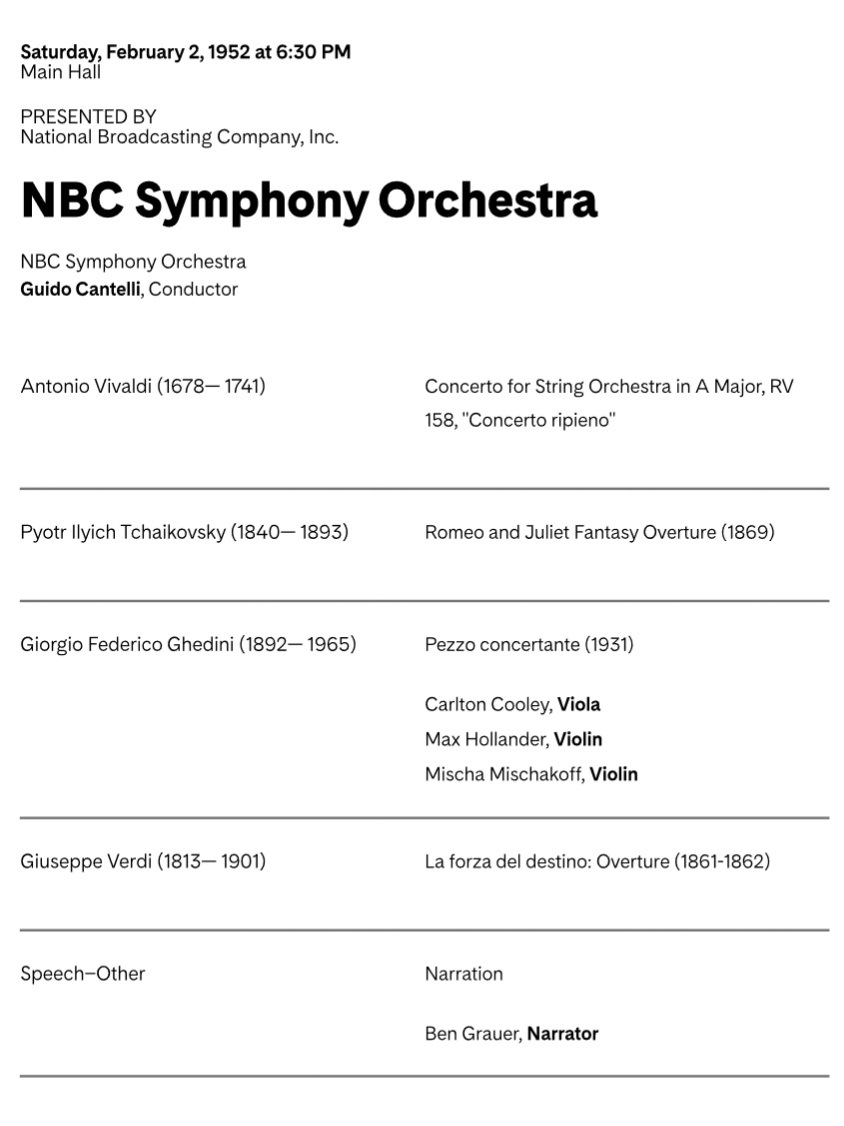
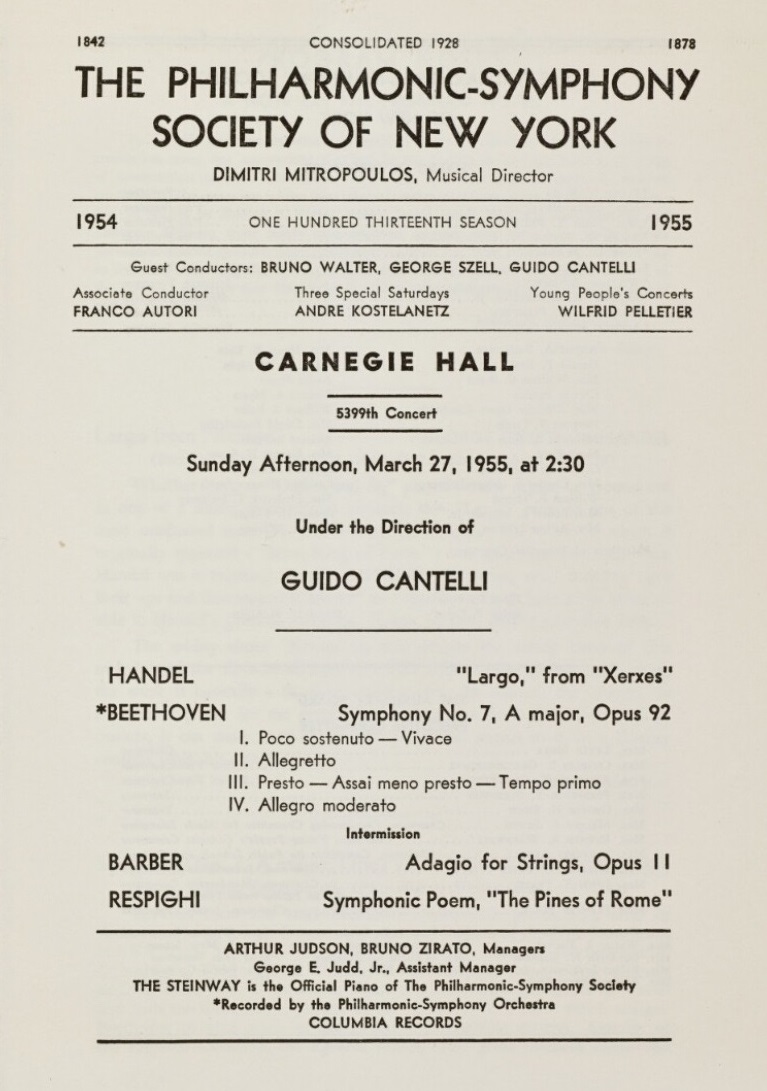
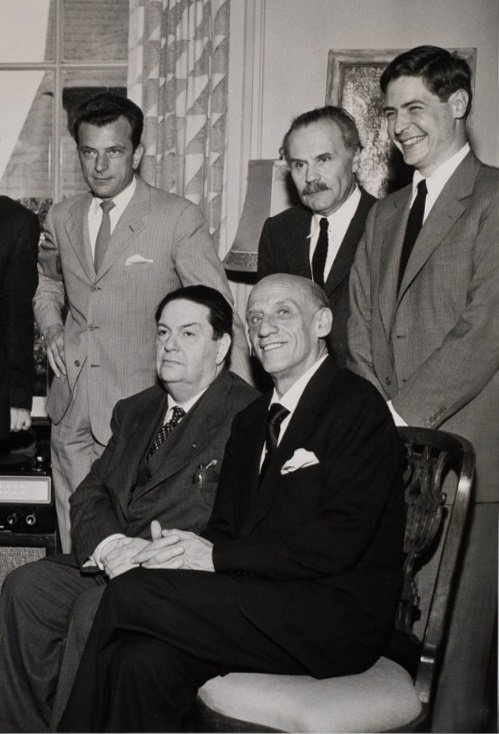
Guido Cantelli Darius Milhaud Dimitri Mitropoulos Gastone Usigli George Judd Jr NYPO Tour San Francisco May 1955
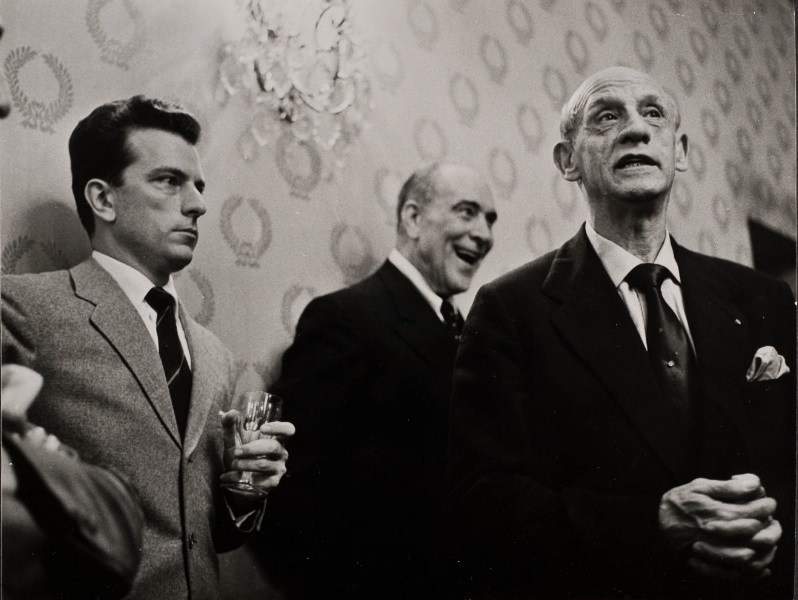
Guido Cantelli, Bruno Zirato & Dimitri Mitropoulos NYPO Tour 1955
These two brilliant orchestral works showcase Guido Cantelli’s dynamism, sense of dramatic construction and expressive finesse in an interpretative vein in the tradition of Toscanini, without the banality one perceives with performers who seek the spectacular. Cantelli also avoids Toscanini’s tautness in his 1946 recording of Tchaikovsky’s work.
Cantelli had already performed Tchaikovsky’s work with the NBC SO in his second concert with this orchestra (January 22, 1949).
For Respighi’s work, which Cantelli performs for the first and last time with the NYPO during this series of concerts (March 24, 25 & 27 1955), the orchestra called on additional musicians, including pianist Leonid Hambro and organist Claire Coci.
The March 27, 1955 concert was Cantelli’s last before the 31-concert transcontinental tour of the NYPO, which he co-conducted with Dimitri Mitropoulos from April 18 to May 22. Cantelli did not play again this very popular work by Respighi, even though the repertoire he had chosen was very limited: in the 14 concerts he conducted on this tour, he conducted Brahms’ First 10 times, Moussorgsky’s Pictures at an Exhibition 7 times, and Ravel’s Suite n°2 from Daphnis & Chloé 6 times, which, as was said, the orchestra did not appreciate in such a short space of time.
Les liens de téléchargement sont dans le premier commentaire. The download links are in the first comment
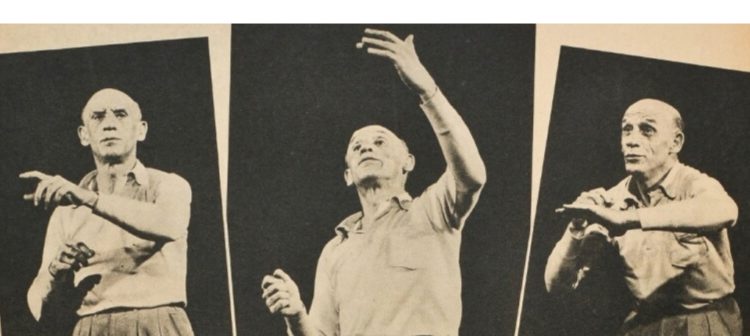
Enregistré à Brooklyn (St-George Hotel Ballroom) le 11 novembre 1957
Prise de son stéréophonique: Fred Plaut & Stan Tonkel
Source: Bande/Tape 19 cm/s / 7.5 ips LMB 19
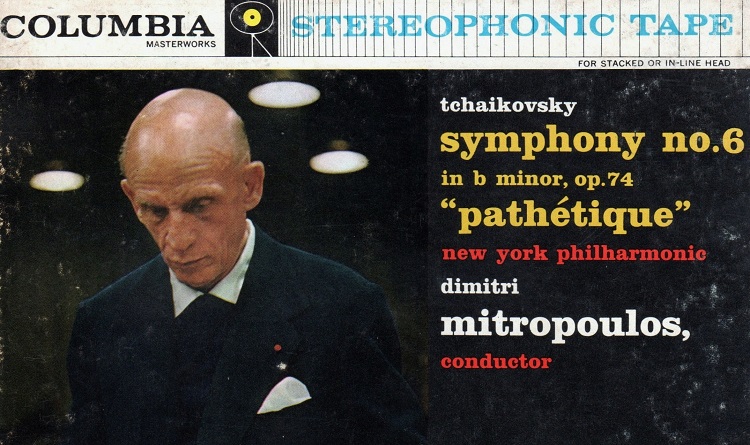
Cet enregistrement a été réalisé au cours d’une journée « marathon » au cours de laquelle, outre cette Symphonie, ont été enregistrés l’Hymne Américain (non publié), de larges extraits (45′) du ballet Roméo et Juliette de Prokofiev, la Marche Slave de Tchaïkovsky et « Une Nuit sur le Mont Chauve » de Moussorgsky, soit en tout environ 100 minutes de musique.
La Symphonie de Tchaïkovsky avait été donnée en concert par Mitropoulos le 12 octobre (étonnamment sa seule exécution de cette œuvre avec le NYPO), et les extraits du ballet de Prokofiev les 31 octobre et 1er novembre, une partie seulement d’entre eux étant repris lors du concert radiodiffusé du dimanche, le 3 novembre.
Cette journée d’enregistrements du lundi 11 novembre était inconfortablement située entre deux semaines de concerts dirigés par André Cluytens les jeudi 7, vendredi 8, samedi 9 et dimanche 10 novembre d’une part , et les jeudi 14, vendredi 15, samedi 16 et dimanche 17 novembre d’autre part avec des programmes complètement différents. Etant donné qu’il y a eu chaque semaine « comme c’était l’usage » (lettre du NYPO à Cluytens en date du 4 décembre 1956) quatre ou cinq répétitions (deux le mardi, une le mercredi, une le jeudi et « si nécessaire » une le samedi) pour préparer les concerts, on imagine aisément la charge de travail que ceci représentait pour l’orchestre, le lundi étant sa seule journée de repos.

Si les critiques américains n’ont pas manqué de louer la qualité exceptionnelle de la prise de son, en particulier pour la version sur bande (2 pistes 19 cm/s ref LMB 19), ils ont par contre été déroutés par l’interprétation dont l’incroyable tension et les couleurs orchestrales ne correspondait pas à leur conception, probablement influencée par le romantisme allemand, qui réclamait plus de « pathos », à une époque où des interprètes tels que Mravinsky n’étaient pas encore la référence.
Autrement dit, Mitropoulos était en avance sur son temps.
Peut-être aussi cette tension reflétait-elle la période difficile que traversait Mitropoulos, contraint de partager pour la saison 1957-1958 la direction de l’orchestre avec Leonard Bernstein. Il démissionnera juste après, la nouvelle étant annoncée par la presse le 20 novembre.
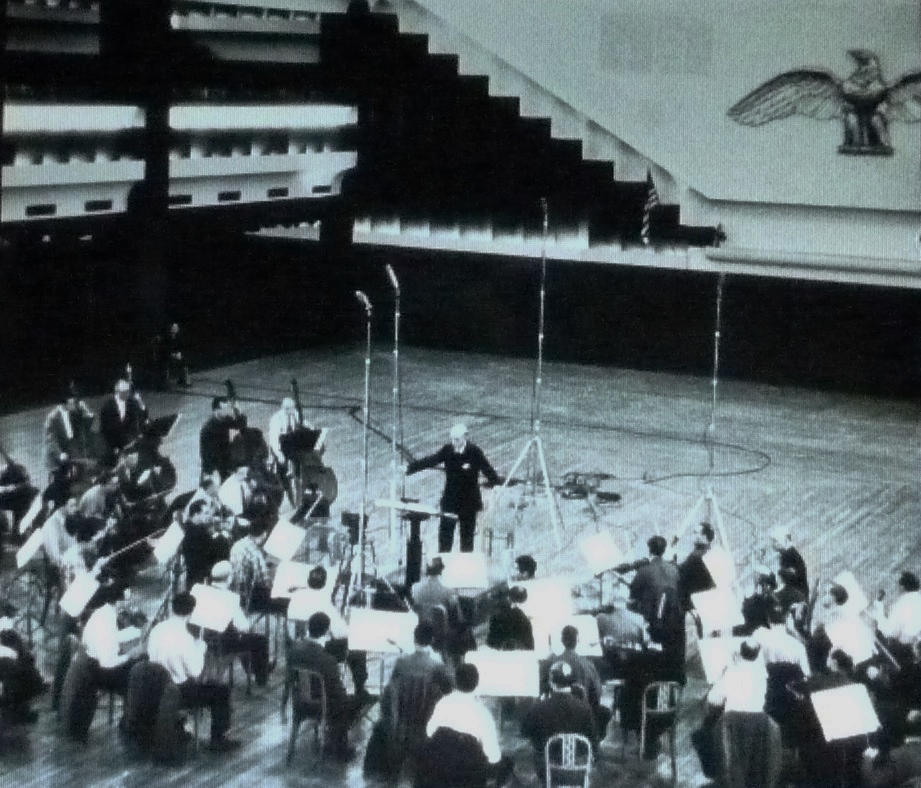
This recording was made during a one-day « marathon » during which, apart from this Symphony, were recorded « The Star Spangled Banner » (still unpublished), a large selection (45′) from Prokofiev’s Ballet Roméo and Juliet, the « Marche Slave » by Tchaïkovsky and « Night on Bald Mountain » by Moussorgsky, all in all about 100 minutes of music.
The Tchaïkovsky Symphony had been performed by Mitropoulos at the October 12 concert (astonishingly his only public performance of this work with the NYPO), and the excerpts from Prokofiev’s Ballet on October 31 and November 1st, only a part thereof being played at the Sunday broadcast of November 3.
But this recording day of Monday November 11 was squeezed between two weeks of November concerts conducted by André Cluytens on Thursday 7, Friday 8, Saturday 9 and Sunday 10 on the one hand, and on Thursday 14, Friday 15, Saturday 16 and Sunday 17 on the other hand with entirely different programs. Since there were each week as « customary » (letter from NYPO to Cluytens, dated December 4, 1956) four or five rehearsals (two on Tuesday, one on Wednesday, one on Thursday, and « whenever necessary » one on Saturday) to prepare the concerts, one can easily imagine the gruelling schedule this meant for the orchestra for which Monday was the only day-off.
The US critics did not fail to recognize the exceptionnal quality of the recording, especially in the reel-to-reel tape version (2 tracks 7.5 ips ref LMB 19). They seemed however to have been puzzled by the performance of which the incredible tension and the orchestral colours did not meet with their idea of the work, maybe out of the influence of German romanticism, that needed more « pathos », at a period when performers like Mravinsky were not yet a reference.
In other words, Mitropoulos was ahead of his time.
Maybe said tension reflected the difficult period Mitropoulos was going through, obliged as he was to share for the 1957-1958 season the leadership of the orchestra with Leonard Bernstein. He resigned shortly afterwards, and the news was announced in the press on November 20.
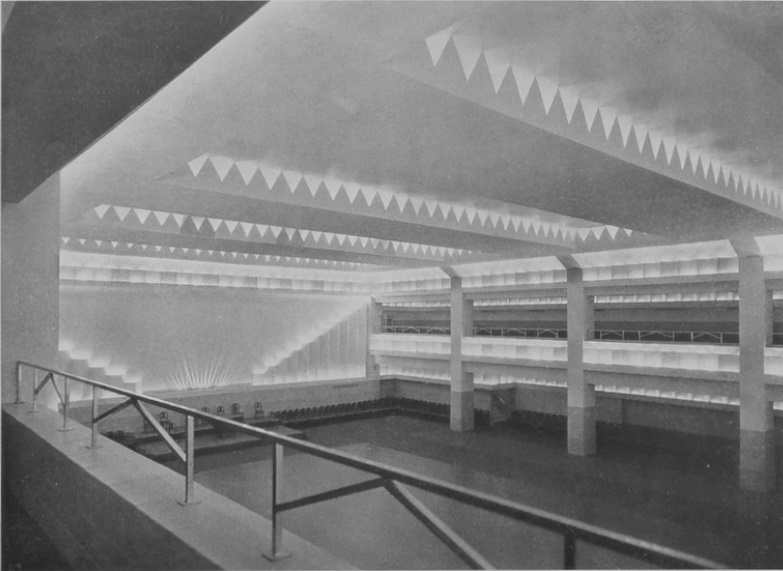
St. George Hotel Ballroom



